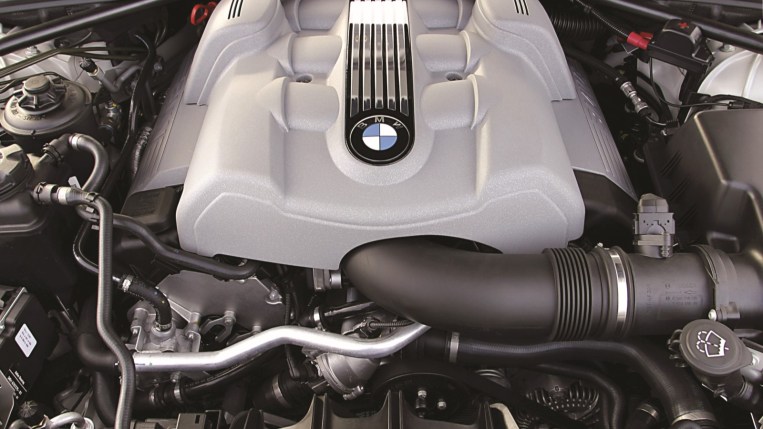
If you learned to drive on cars built before the 1990s, you might have been taught to periodically pop the hood and check the dipstick. But we’re rapidly approaching a day when many drivers have never been taught to do that. It might be time for all of us to learn it again.
Watch the Warning Lights
A new report from Consumer Reports finds that dozens of new cars, “some only a few years old, can burn enough oil to deplete the engine of what it needs for lubrication between factory-recommended oil changes.” A low oil light or another dashboard warning would illuminate to let the driver know more oil is needed in every case. But, “because many car owners don’t check their oil anymore, oil-burning can be a big problem.”
Return of an Old Problem
A few decades back, many engines burned off their oil regularly. Drivers grew accustomed to looking for the signs – such as blue smoke from the tailpipe – and topping it off between oil changes. An engine low on oil can suffer all kinds of internal damage, even seizing up completely and requiring a full replacement.
But manufacturers had largely solved the problem with modern engine designs. It’s coming back, CR theorized, because “manufacturers began making trade-offs in engine design that would increase efficiency, but in some cases, had an adverse effect on durability.”
What’s worse, modern engines can mask the problem. Today’s catalytic converters, for instance, stop the blue smoke (assuming thieves haven’t made off with it).
Some Automakers Extending Warranties
Automakers know about the issue, and some have taken steps to address it. When Consumer Reports reached out to discuss it, “most provided CR with a list of the models prone to oil consumption and gave advice for consumers who have experienced the problem.”
Some have taken steps to protect consumers. GM, for instance, extended the powertrain warranty on some 2011-2016 Chevrolet Equinox and GMC Terrain SUVs after the company became aware of the problem. Acura did the same with some cars equipped with a V6 that burned more oil than expected.
They haven’t recalled the cars in question because losing oil before the recommended oil change interval isn’t a safety issue. But it can require costly repairs. So owners should be aware.
12 Engines Known to be Affected
CR flagged 12 common engines known to have the problem:
- Acura 3.7-liter V6, sold from 2010–2013
- Audi turbocharged 2.0-liter 4-cylinder, sold from 2010–2018
- Audi supercharged 3.0-liter V6, sold from 2011–2019
- BMW turbocharged 4.4-liter V8, sold from 2012–2019
- GM 2.4-liter 4-cylinder, sold from 2011–2015
- Mini turbocharged 1.6-liter 4-cylinder, sold from 2010–2015
- Subaru 2.0-liter 4-cylinder, sold from 2012–2017
- Subaru 2.5-liter 4-cylinder, sold from 2010–2018
- Subaru 3.6-liter 6-cylinder, sold from 2010–2018
- Volkswagen turbocharged 1.4-liter 4-cylinder, sold from 2016–2019
- Volvo turbocharged 3.0-liter V6, sold from 2011–2015
- Volvo 3.2-liter V6, sold from 2010–2014







